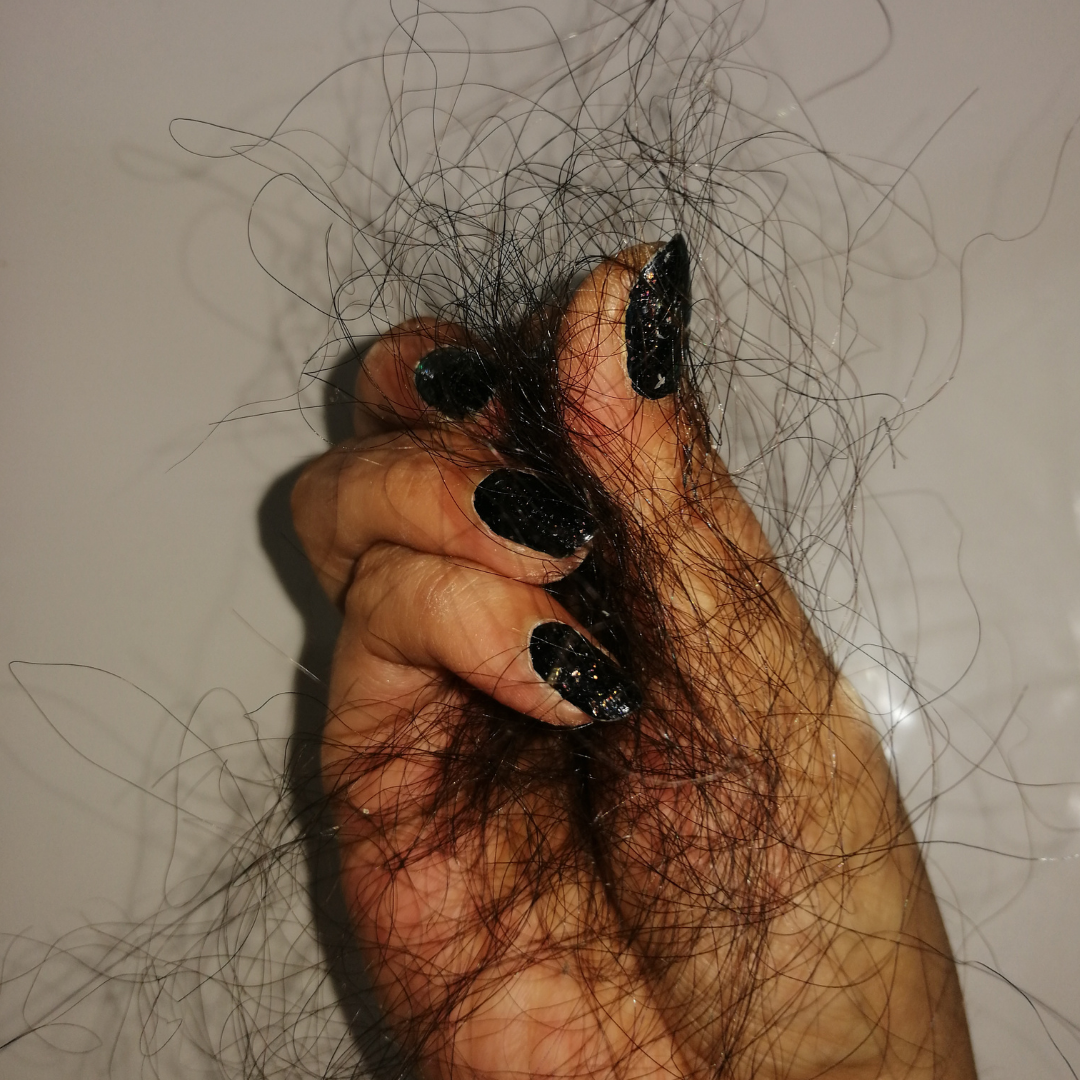
The Ugly Truth About Hair Loss
Did you know that August is Hair Loss Awareness Month?
Hair loss is an extremely common issue. So common in fact, that hair loss affects over 80 million Americans. By the age of 35, two-thirds of men will experience some form of hair loss, and not just men – 40% of Americans who experience hair loss are women! Certain types of hair loss are more prevalent in certain races than others though.
Caucasians experience more hair loss overall, but African-American women (and men) are more prone to three specific types of alopecia:
- Central centrifugal cicatricial alopecia (CCCA)
- Traction alopecia
- Breakage
CCCA is caused by repeated use of braids, weaves, corn rows, chemical relaxers, hot combs and other hair care practices. These can cause inflammation in the hair follicles, and if continued can lead to permanent hair loss.
Traction alopecia is caused by long-term of tight hair styles, such as cornrows, dreadlocks, twists, braids and weaves that pull at the hair root causing inflammation. Over time, this can lead to scarring and permanent hair loss.
Breakage is damage of the hair strand itself rather than the follicle. With this damage, the hair shaft becomes weak and breaks off.
Hair goes through three cycles:
- The anagen phase (growing phase) can last from two years to eight years. This phase generally refers to about 85% to 90% of the hair on your head.
- The catagen phase (transition phase) is the time that hair follicles shrink and takes about two to three weeks.
- The telogen phase (resting phase) takes about two to four months. At the end of this phase, the hair falls out.
Hair loss can also be hormonal like aging, imbalances or even menopause. Hair loss can be a symptom of a short-term event such as stress, pregnancy, disease, or medication, which can all alter hair's growth and shedding phases. In these situations, hair will grow back when the event has passed.Once the cause of the loss is addressed, hairs go back to their random pattern of growth and shedding, and your problem stops.
Depending on severity and cause of your hair loss, it can be more beneficial to see a physician, dermatologist, or trichologist to diagnose and then determine the best plan of action.
A professional might advise blood tests and DNA analysis of your hair. These intricate tests magnify and analyze a single strand to identify the emotional, nutritional, hormonal, environmental and genetic factors affecting the health and condition of your hair and scalp!
What questions should I ask my healthcare provider?
- What is the cause of my hair loss?
- How many strands of hair am I losing per day?
- What type of hair loss do I have?
- Will my hair loss be permanent?
- What’s the best treatment for me?
If your hair loss is less extreme and more consistent with breakage or the result of styling, then consulting a professional hair stylist first would also be a good course of action.
What are the types of hair loss?
There are three: anagen effluvium, telogen effluvium and FPHL.
- Anagen effluvium: This is caused by medications that poison a growing hair follicle (like chemotherapy).
- Telogen effluvium: This is caused by an increased number of hair follicles reaching the telogen phase, which is the stage where hair falls out.
- Androgenetic alopecia/female pattern alopecia/female pattern hair loss (FPHL)/baldness: This type is the most common. Hair thins over the top of the head and on the sides.
What are common causes of hair loss in women?
- Hair style: Your style of hair can cause hair loss when your hair is arranged in ways that pull on your roots, like tight ponytails, braids, or corn rows. This type of hair loss is called traction alopecia. If hair follicles are damaged, the loss can be permanent.
- Vitamin deficiency.
- Dieting (rapid weight loss).
- Restrictive diets.
- Over processed scalp hair (breakage).
How do I deal with and or treat my Hair Loss??
- Massaging your head, like when you are washing your hair, can stimulate blood flow to the scalp and hair follicles. Using oils with your scalp massage are beneficial. (Try our Hibiscus Oil or our Scalp Drops)
- Scalp scrubs, Scalp scrubs help rid skin of follicle-blocking dead cells, product build-up and excess oil, which can potentially lower the shedding rate of your hair, encourage hair follicles to grow healthy hair and alleviate dryness.
- Loosen or avoid braids, weaves, extensions, cornrows. Talk to your stylist about looser styles or alternatives to keep tension off weaker areas.
- Minimize heat styling, use the lowest heat setting. Try stretching your hair using non-heat techniques
- Wearing wigs and sew-ins properly. Be sure to wear the right size wig, choose one with an open cap and be sure to wash it regularly.
- Opt for sew-ins that aren't full sew-ins, especially if hair loss is primarily on edges.
- Try to go two to three months between chemical relaxing treatments, and if your hair breaks or sheds, then stop applying chemicals.
- Is hair loss one of your biggest hair challenges? Have you spoken to any professional to get advice or guidance? What questions do you have about hair loss?
0 comments